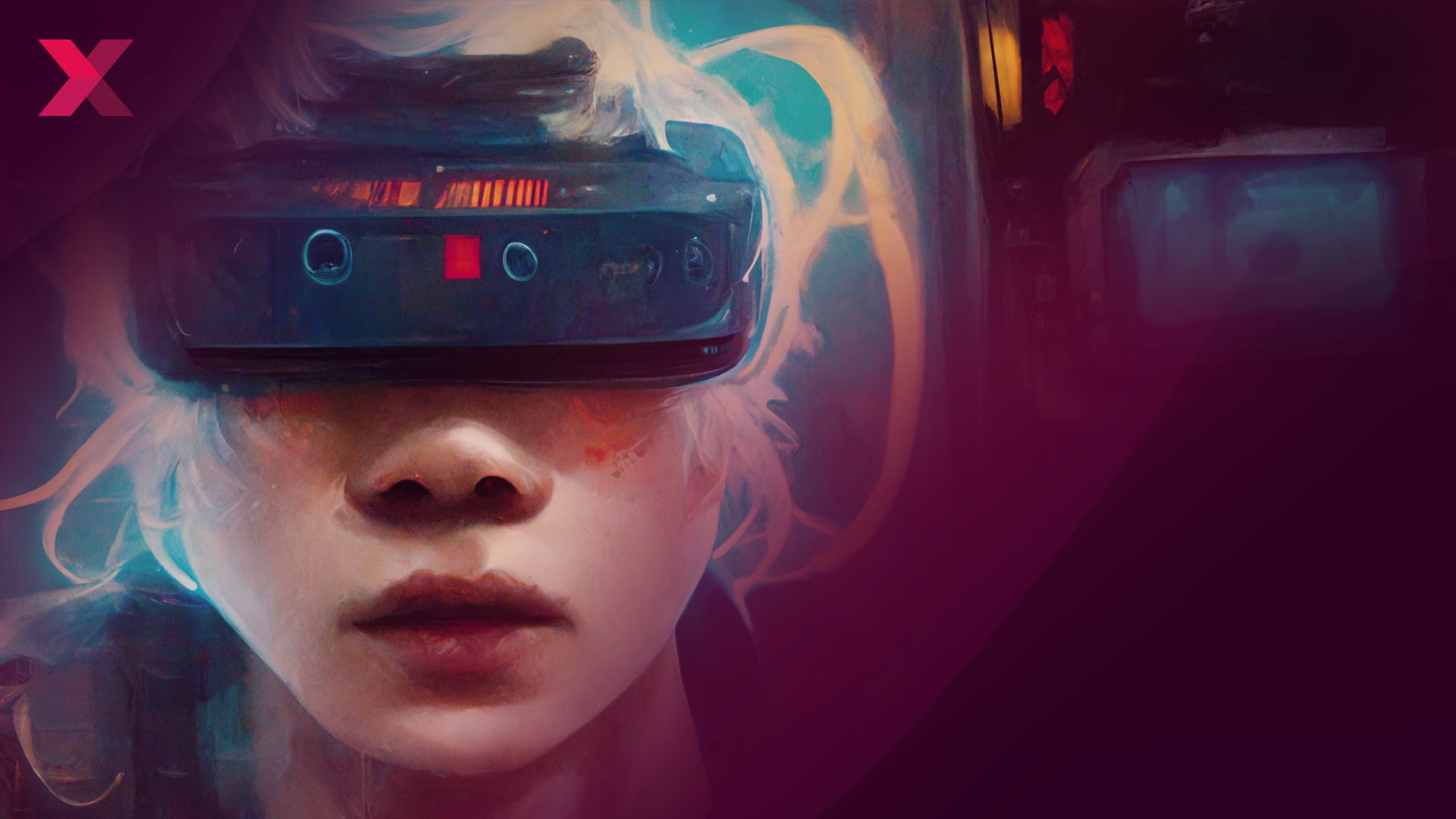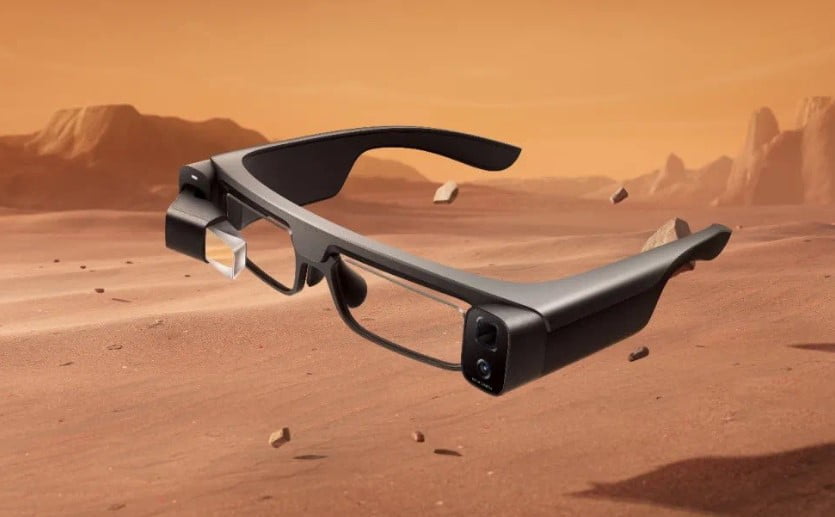VR vs. fear, Xiaomi reveals Google Glass, hand tracking updates

Our weekly recap: hand tracking comes to a new Quest demo and the cult title Myst VR. Xiaomi's new AR glasses show once again how far this technology is from everyday life. And Meta releases an extensively trained AI chatbot.
VR against fear
The app oVRcome aims to help people overcome phobias such as fear of heights or spiders by using VR headsets. The effectiveness of VR in treating various anxiety disorders was previously demonstrated in a clinical trial.
Meta Quest 2: New hand tracking demo shows state of the art technology
Meta's official hand tracking demo First Hand impressively shows what is possible with current hand tracking. YYou can get it for free at the App Lab.
Myst VR gets hand tracking update
In the 90s, Myst surprised with fancy but static render graphics straight from the CD. In 2022, you can stand in the real-time game world yourself and control it with your hands. Jan's childhood self would probably have thought this future story was a fairy tale.
Xiaomi shows Google Glass 3 er "Mijia"
Last December, Xiaomi showed a pretty cool demo for a slim pair of data glasses as a smartphone extension. Unfortunately, the now unveiled data glasses "Mijia" are not nearly as fancy and only somewhat suitable for everyday use. The micro OLED display is supplied by Sony, which is also said to be involved in Apple's headset.

Google robot performs inner monologues & Meta releases powerful chatbot
Language understanding of large AI models brings advances in many AI areas, such as image generation. Two current examples:
- Google's new robot relies on a language model for control. Thanks to inner monologues, the system can interact more flexibly with its environment.
- Meta's new dialog AI Blenderbot 3, the most powerful version of which is based on a 175-billion parameter model - that's roughly the dimension of OpenAI's GPT-3.
DALL-E 2 + Sony camera = alternative worlds
A camera app connected to DALL-E 2 generates additional AI images to a real subject almost in real time. The results are impressive in some cases. The photographer behind the project calls this new photographic process "looking into parallel universes." DALL-E 2 "dreams up new versions of its images" while showing "a world that could have been."
AI News Without the Hype – Curated by Humans
As a THE DECODER subscriber, you get ad-free reading, our weekly AI newsletter, the exclusive "AI Radar" Frontier Report 6× per year, access to comments, and our complete archive.
Subscribe now